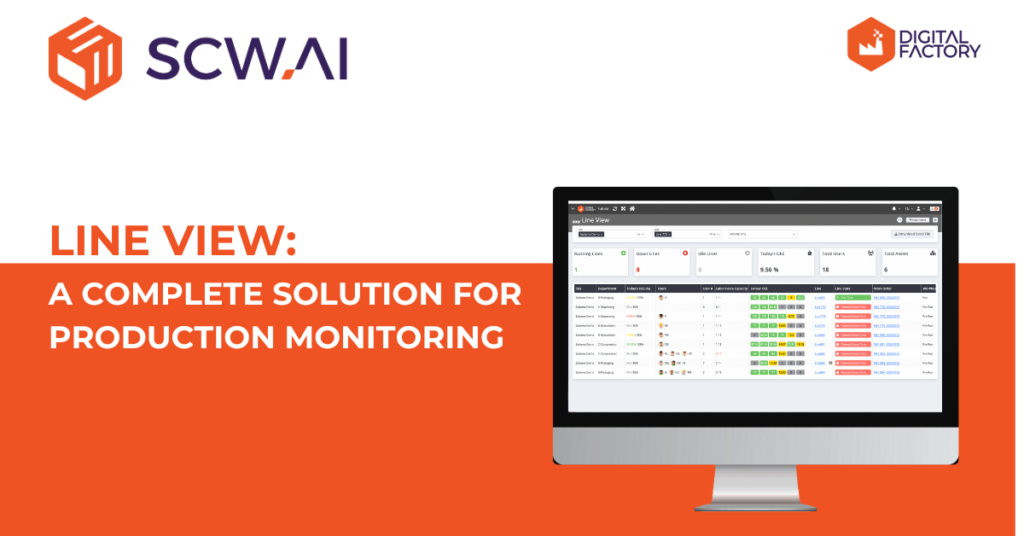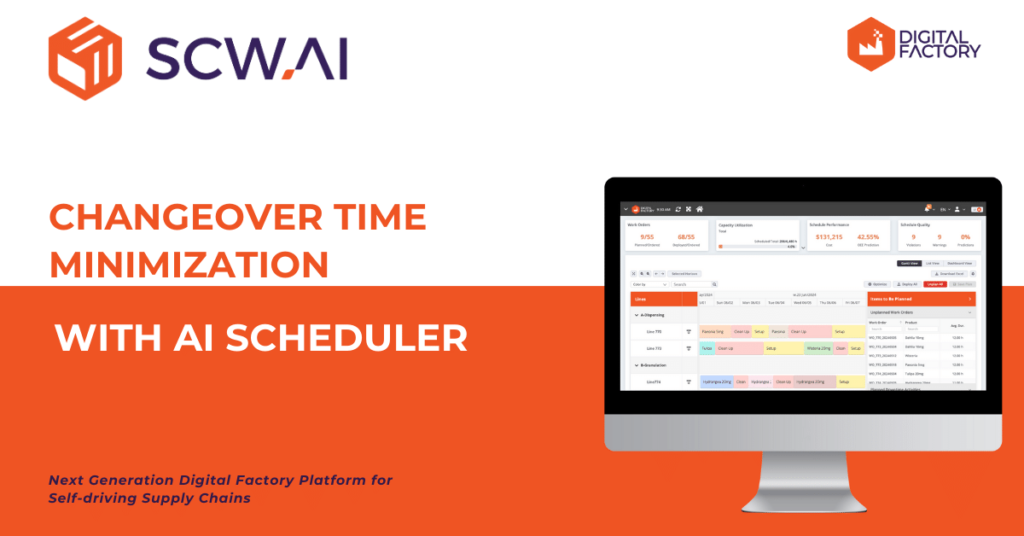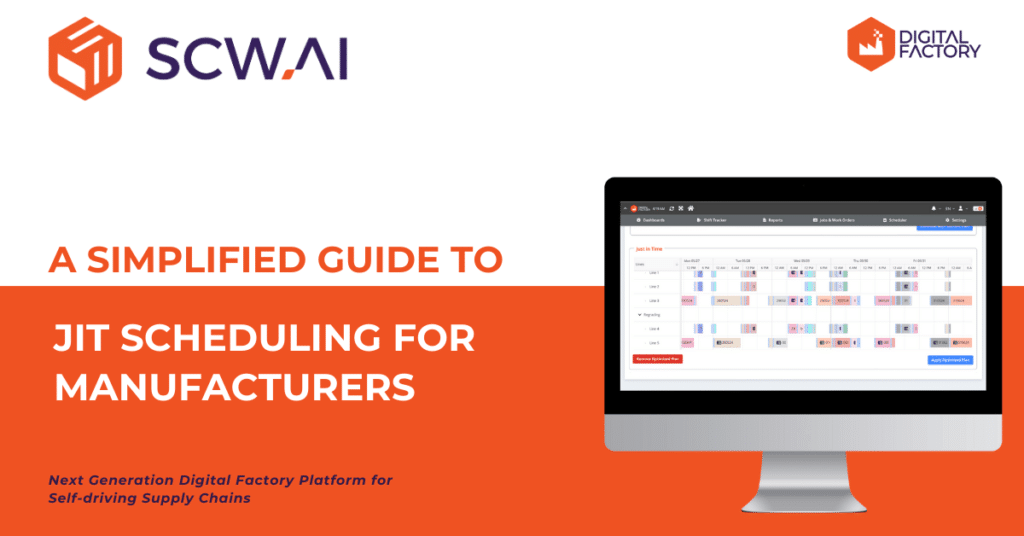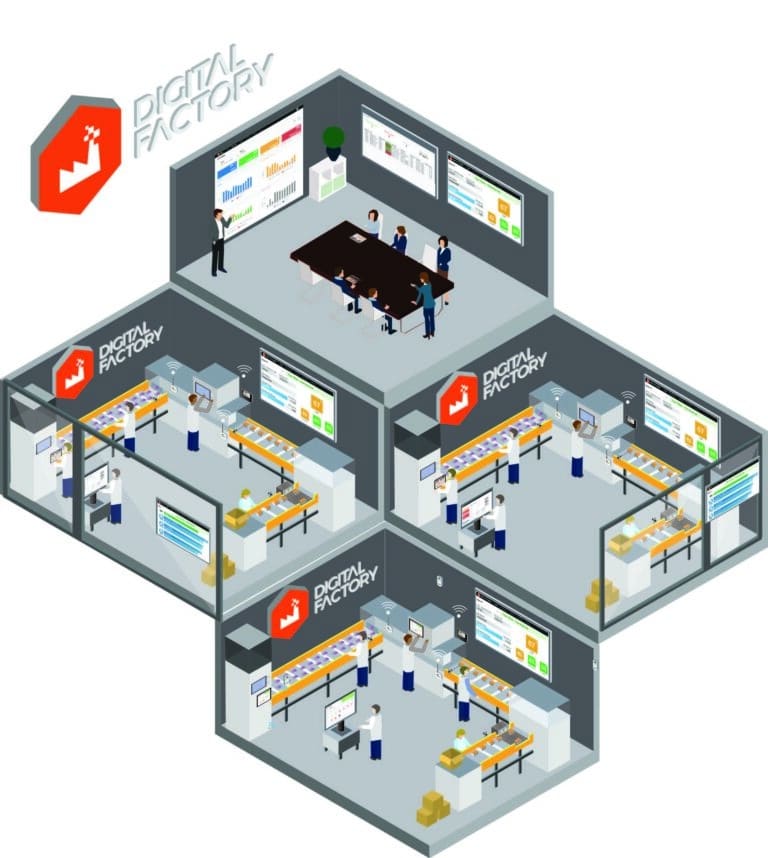
Every advanced technology starts with its basics, and the most basic tool that is still in use is pen & paper! Even though it may be improved with usage of white boards, which can be cleaned and reused, the tricky part of sticking to the fundamentals comes to light when a particular data needs to be analyzed. So, to make the process easier, if we want to import to BI (business intelligence) tool for advanced analysis, we need to digitize data entry as well. Digital data entry requirements, data science trends and Artificial Intelligence in general has changed the game and opened a new era in the concept of digital factory.
Although we will be going into details of IoT technology in this blog, we also wanted to list other digital methods as well to cover the topic more elaborately. In general, we can divide this topic into two parts: Manual and Automated data entry methods.
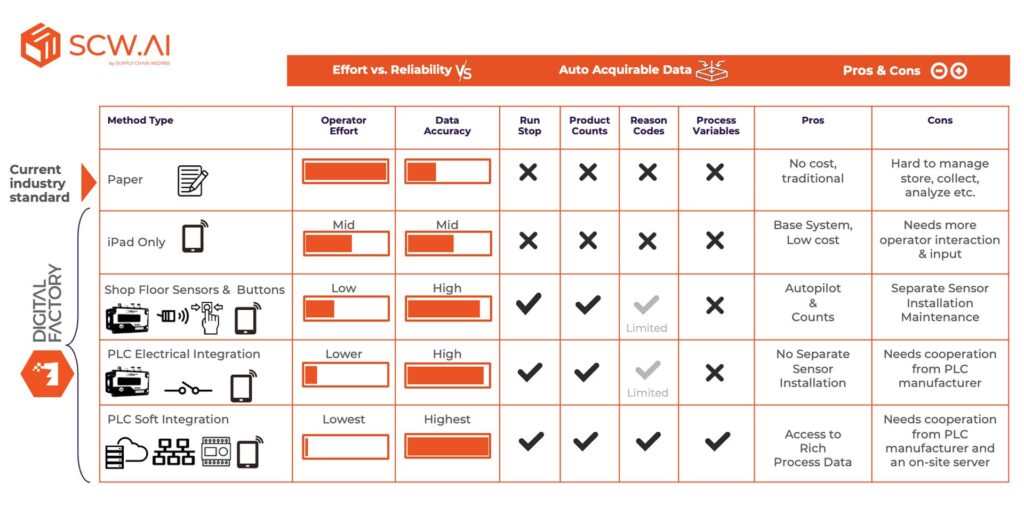
Manual Data Entry Method
Mobile devices (PCs, phones or any other similar digital devices) simply mimic pen & paper in digital format. Depending on the complexity of the user interface, tablets can not only include data entry screens, but also display real time feedback of the production metrics with targets and predictions. Digital devices are generally positioned on the production lines and operators or supervisors can enter inputs while doing their regular jobs, so it can be concluded that data entry operation does not affect production.
The most important advantage of tablets is their basic integration, which is easy and cheap. According to the requirements of the production environment, different options in regards to their model, brand, type devices and even cases are available to be integrated to the operation area.
A disadvantage of tablet usage though is that it still requires manual input, meaning there can be delays for data entry or it may sometimes be skipped entirely as well. Hence, even if it is more convenient than paper, data entry is still an additional responsibility for operators.
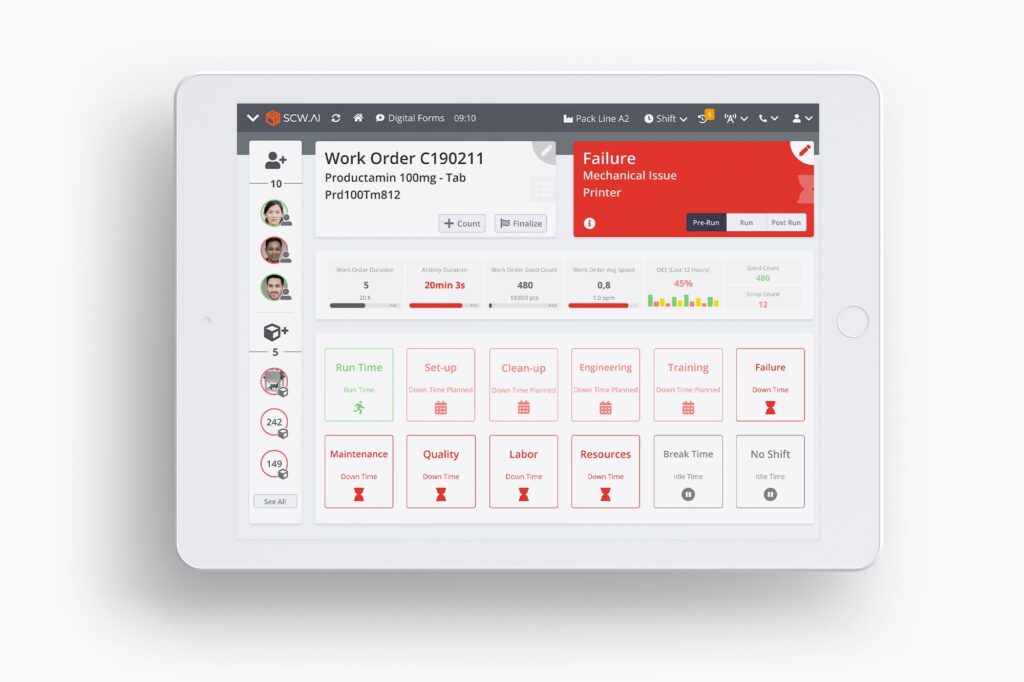
Automated Data Entry Method
Automation starts with data collection and its first step is sensors. Sensors collect production data for a wide range of metrics, and afterwards this data needs to be saved to the digital environment so it can be used by BI (Business Intelligence) software.
There are several ways to collect shop-floor data using IoT (Internet of Things) technology.
Here are some steps you can follow:
1. Identify the data you want to collect
Before you can start collecting shop-floor data, you need to know which data you want to collect. This will depend on your business needs and goals. For example, you may want to collect data on production rates, machine utilization, energy consumption or other metrics. Identifying the specific data you want to collect will help you choose the right sensors and devices and determine how to use the data once it is collected.
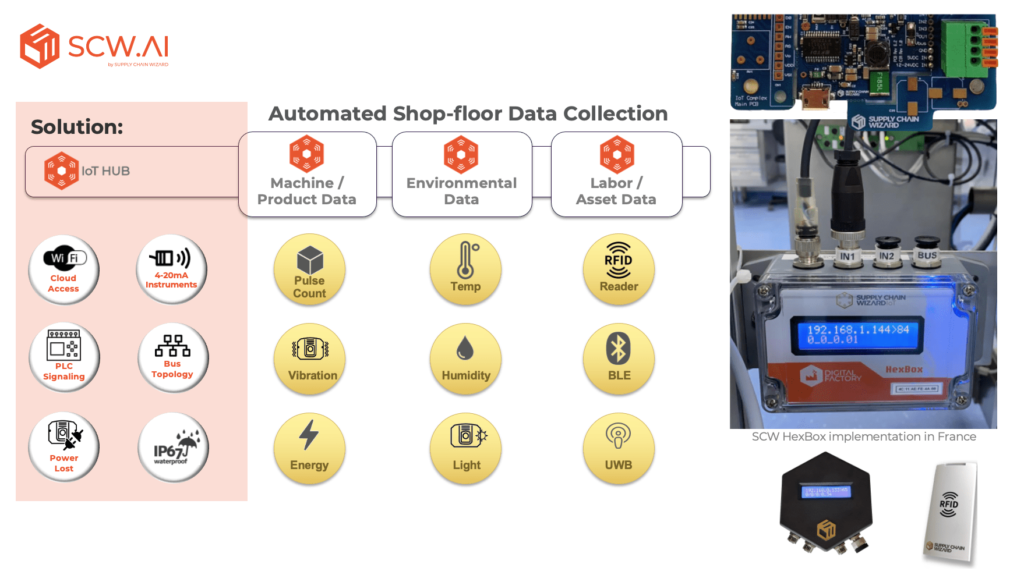
2. Choose the right sensors and devices
There are many types of sensors and devices available for data collection and each one is suited to a specific type of data. For example, you might use temperature sensors to collect data on environmental conditions, pressure sensors to measure fluid flow, or flow sensors to monitor the movement of materials. Choosing the right sensors and devices that are appropriate for your specific data collection needs is crucial for accurate and desired data.
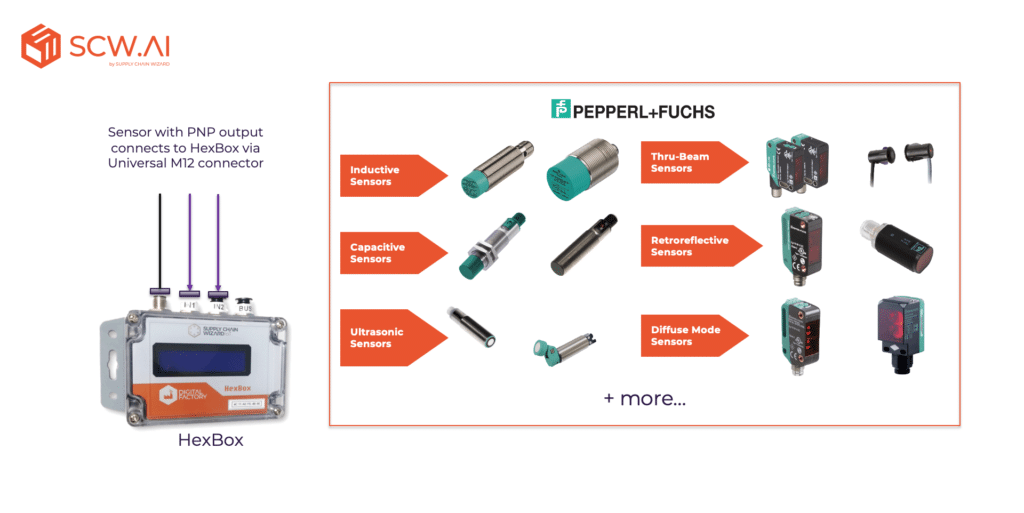
3. Install the sensors and devices
Once you have chosen the sensors and devices you will use, you need to install them on the shop floor. This will typically involve physically attaching the sensors to the machines or other equipment you want to monitor and connecting them to a power source. Make sure to follow the manufacturer’s instructions for proper installation and usage.
4. Connect the sensors and devices to the IoT network
The sensors and devices you have installed will need to be connected to the IoT network so that the data they collect can be transmitted to the cloud or other central location for analysis and storage. This is typically done by using a gateway or other connectivity device that allows the sensors and devices to communicate with the network.
5. Analyze and use the data
Once the data is being collected and transmitted to the cloud or other central location, you can use data analytics tools and software to analyze the data. This will allow you to gain insights and make data-driven decisions to improve efficiency, reduce costs, and optimize operations. For example, you might use the data to identify bottlenecks in production, optimize machine utilization, or identify opportunities for energy savings.
What are the benefits?
In essence, the collection of shop-floor data with the help of IoT makes it possible to gather desired data much faster and more accurately, while nullifying possible negligent occurrences by the employees. In combination with its added benefits of data collection and practical installation, IoT technology’s usage in the shop-floor also helps decision makers identify bottlenecks in production and ultimately boost the efficiency of the shop floor, making it a high ROI opportunity that is indispensable for companies that can utilize it.
As SCW.AI, we are ready to assist you in taking the next step with our
- Easy-to-implement sensors
- Hexbox© controller unit for sensor management
- Apple Ipad for tracking production at the shop floor environment
- Digital Factory solution, an all-in-one platform that collects data, manages shop floor operations and assists in the creation of executive reports extensively.
Ready to optimize your shop-floor operations and unlock its full potential? Find out more about Digital Factory Platform
